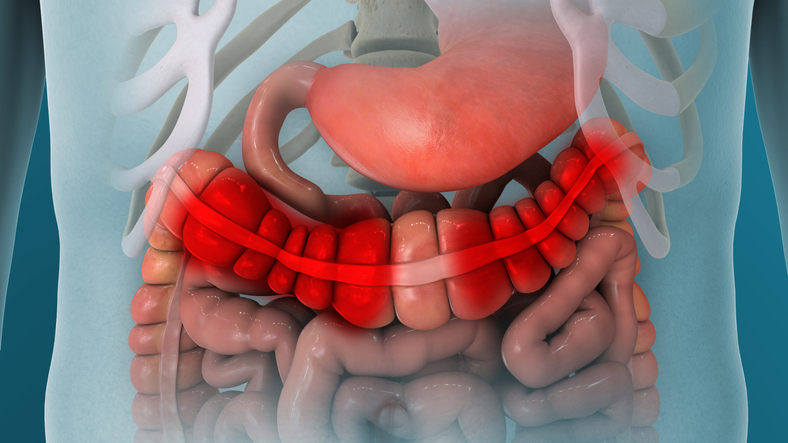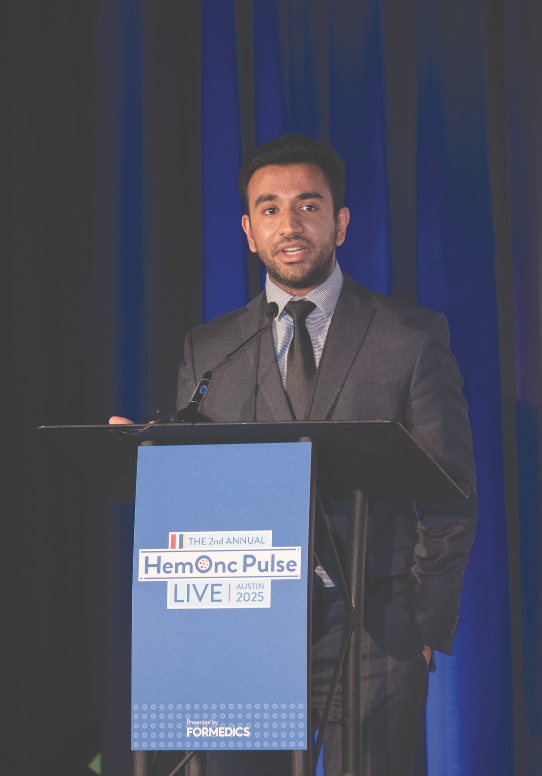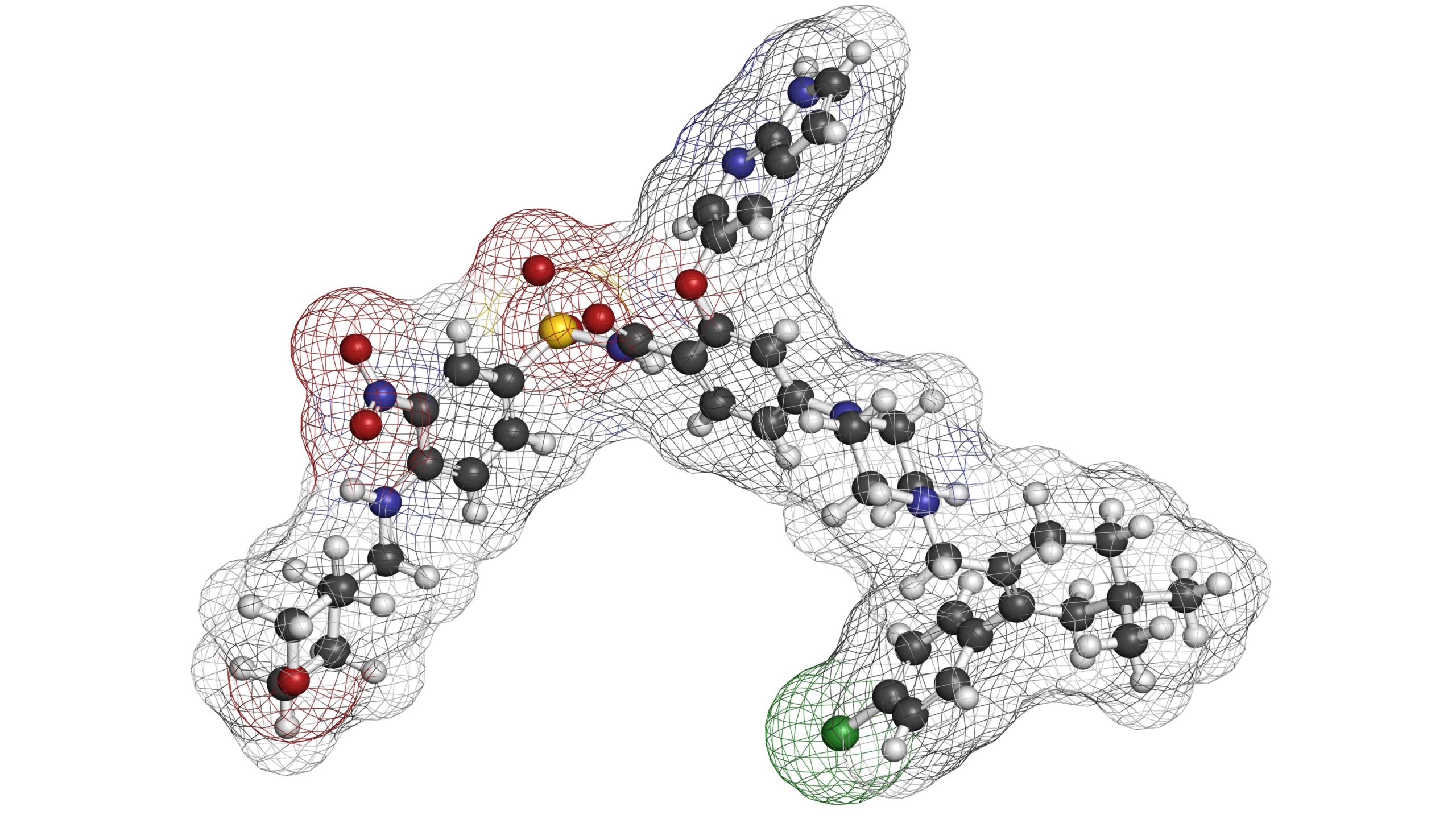
Data from a recent preclinical study “support combining ERK1/2 and BCL-2 inhibitors” in the treatment of acute myeloid leukemia (AML) and “warrant further clinical investigation,” according to its investigators.
Priyanka Sharma, MD, of the MD Anderson Cancer Center, and colleagues presented the study’s findings during the American Association of Cancer Research Special Conference: Acute Myeloid Leukemia and Myelodysplastic Syndrome. Gautam Borthakur, MD, of the MD Anderson Cancer Center, was the abstract’s senior author.
Dr. Sharma and colleagues conducted the research because activation of the RAS/RAF/ERK pathway is linked with primary or secondary resistance to the BCL-2 inhibitor venetoclax in AML, but the “role of RAS-driven mitochondrial dynamics in AML is unclear.”
“Inhibiting ERK1/2 may, therefore, shed light on AML cells’ dependence on RAS-driven mitochondrial dynamics and metabolism,” Dr. Sharma and colleagues wrote.
Addressing Venetoclax Resistance in AML Cell Lines
The study’s investigators assessed the anti-leukemic efficacy of concomitantly inhibiting BCL-2 and ERK1/2 in preclinical models of venetoclax resistance. They also “further investigated the role of ERK1/2/Drp1-dependent mitochondrial fission in mediating resistance to venetoclax through altered metabolism.”
Dr. Sharma and colleagues inhibited ERK1/2 by using compound 27, which inhibits the phosphorylating activity of ERK1/2, and the phosphorylation of ERK1/2. Compound 27 sensitized intrinsically venetoclax-resistant and NRAS-mutant OCI-AML3 cells to venetoclax (combination index, 0.008.) The study’s authors also confirmed the combination’s synergy in OCI-AML2 cells with acquired venetoclax resistance, showing a 75% apoptosis rate, compared with a 22% apoptosis rate with venetoclax (combination index, 0.6.)
The combination also eliminated bulk and CD34-positive/CD38-negative leukemia-initiating cells in primary AML samples (combination index, 0.03 to 0.23). A colony formation assay and cytometry by time of flight using NRAS-mutant patient-derived xenografts showed “impaired clonogenic potential” (P=.0002) and decreased expression of cMyc and CD44 in leukemia-initiating cells in response to ERK1/2 inhibition and combination treatment, “suggesting impact on stemness,” Dr. Sharma and colleagues wrote.
They also tested the ERK1/2 inhibitor ASTX029 alone and in combination with venetoclax, finding it “reduced leukemia burden” in vivo and extended survival (P<.05), according to the investigators.
ERK1/2 inhibition decreased levels of Drp1 with serine 616 phosphorylation, increased mitochondrial length, and increased mitochondrial reactive oxygen species, “suggesting impaired mitochondrial fission.”
“Mitochondrial [reactive oxygen species] mitigation, Drp1-mediated mitochondrial fission and glycolysis are critical to maintain stemness in AML,” Dr. Sharma and colleagues wrote.
The combination treatment in OCI-AML3 cells led to downregulation of Drp1 mRNA and decreased phosphorylation of Drp1 at serine 616. Overexpression of a phospho-mimetic in OCI-AML3 cells decreased apoptosis and “reversed synergy between ERK1/2 and BCL-2 inhibition as compared to wild type and [phosphorylation]-null Drp1,” according to Dr. Sharma and colleagues.
“Of note, overexpression of Drp1-phospho-mimetic led to decreased mitochondrial length, suggesting enhanced fission with a distinct metabolic phenotype including reduced basal respiration, significantly decreased maximal oxygen consumption rate, ATP production and [reactive oxygen species] production,” the authors wrote. “Moreover, combination treatment failed to significantly induce [reactive oxygen species] production in cells expressing phospho-mimetic Drp1 as opposed to those expressing [phosphorylation]-null or wild-type Drp1.”
Based on the study’s results, inhibiting “ERK1/2/Drp1-dependent mitochondrial fission and metabolic alterations may be a potential mechanism of synergistic tumor cell killing for the combination treatment,” Dr. Sharma and colleagues concluded. “In summary, these data support combining ERK1/2 and BCL-2 inhibitors in the treatment of AML and warrant further clinical investigation.”
Reference
Sharma P, Ostermann L, Piya S, et al. Targeting ERK1/2 overcomes resistance to venetoclax by altering Drp1-dependent mitochondrial fission and metabolism in AML. Abstract #43. Presented at the American Association of Cancer Research Special Conference: Acute Myeloid Leukemia and Myelodysplastic Syndrome; January 23-25, 2023; Austin, Texas.






 © 2025 Mashup Media, LLC, a Formedics Property. All Rights Reserved.
© 2025 Mashup Media, LLC, a Formedics Property. All Rights Reserved.